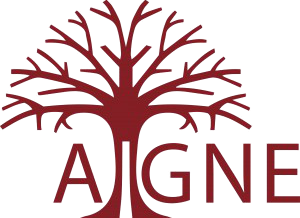A War of Images: Otto Dix and the Myth of the War Experience
DOI:
https://doi.org/10.33178/aigne.vol5.2Abstract
The loss of World War I (1914-1918) forced Germany into a decade of uncertainty: the conversion to democracy, crippling war reparations and runaway inflation plunged the country into dire socio-political upheaval. Despite such devastation, the army and the government perpetuated militant imagery through the popular press and other media: highly fabricated, idealised images of soldierhood proliferated throughout the 1920s. Simultaneously, the traumatic effects of combat on the nation’s veterans were played down, exemplified by the reluctance to accept war trauma as a legitimate illness. This paper explores representations of soldierhood in the work of German soldier-artist Otto Dix (1891-1969) during the 1920s, focusing on how Dix’s work negated the mythologizing of the war experience and exposed the effects of industrialized warfare on the body during a time when the government and the army sought to conceal these effects. The monumental battlefield pictures Der Schützengraben [The Trench] (1920- 1923) and the triptych Krieg [War] (1929-1932), and the cycle of etchings Der Krieg [The War] (1924) reveal the artist’s efforts to counter negative scrutiny of soldiers, particularly with regard to how the body was expected to survive the effects of industrialised warfare. These works are reconsidered here as stinging pictorial critiques of the widespread idealization of militant masculinity in 1920s Germany. Virulently nonconformist in his projection of modern warfare, Dix challenged the popular, romanticizing imagery of the heroic, militarized male, his pictures tracking attempts to nullify the mythologizing of the war experience that pervaded popular media. With reference to the works’ provenance, the socio-political climate and the artist’s recollections, the genesis of Dix’s battlefront pictures is re-evaluated within the contexts for which the pictures were originally intended.Downloads
Published
2018-11-26
Issue
Section
Articles
License
For our full Copyright Notice see our Author Guidelines.
How to Cite
Murray, A. (2018). A War of Images: Otto Dix and the Myth of the War Experience. Aigne Journal, 5(1). https://doi.org/10.33178/aigne.vol5.2


